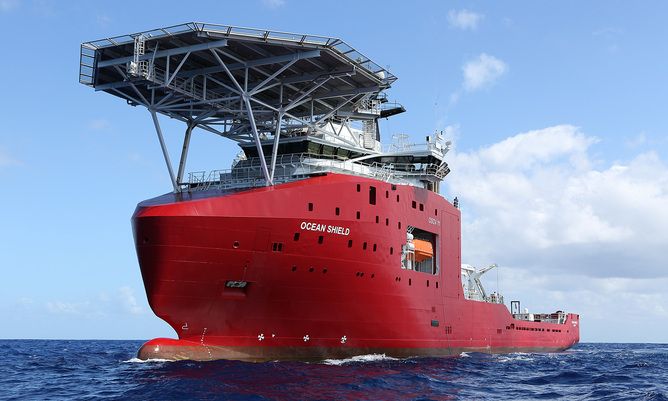
This article was originally published at The Conversation. The publication contributed the article to Live Science's Expert Voices: Op-Ed & Insights.
The search for the missing Malaysia Airlines flight MH370 has once again intensified now that search planes and ships may have detected a signal from its black box.
Black boxes generally only continue to give out a signal for 30 days after a crash so there is a growing sense that this could be the last opportunity to locate the device. It isn’t impossible to find the black box after the signal has died but the chances are dramatically decreased. It took two years for to locate the blackbox from the Air France 447 debris, requiring great amount of statistical computations on the basis of accumulated evidences.
On 5 April, a Chinese patrol ship reported detecting a pulse signal in the area identified as the most likely site of the plane’s location. It later detected another in the same area.
The Australian vessel Ocean Shield then picked up a signal too, leading the Malaysian government to say it is “cautiously hopeful” of a breakthrough in the next few days or even hours.
With the three ping signals detected, it is now possible to narrow down the search scope dramatically, assuming that the three signals are emitted from the same source – MH370’s black box.
There are still doubts and the governments involved are reluctant to confirm anything except that the frequency of the signals was 37.5kHz, which puts them in the right range to be associated with MH370’s equipment.
Sign up for the Live Science daily newsletter now
Get the world’s most fascinating discoveries delivered straight to your inbox.
Claims the black box may have been found may be a little preemptive at this point but if the three pings did come from the black box the information can trigger a process of triangulation that could help us significantly reduce the search area. At this stage, that is vital.
This is a scientific approach to cross-validate the results of experiments from multiple sources and is widely used in forensic investigations.
When the same results are confirmed by two independent experiments – such as from Chinese and Australian vessels – it is likely that one confirms the other. The absence of negative evidence and a consistent hypothesis make the argument stronger.
The geometry of the three spots will release more information than simply confirming the fact that there is a signal below the ocean. The depth of the seabed makes it hard to identify an object from the surface, doing so would require a pinger to go deep enough to reach the range of signals, and the depth to which a pinger can go is still probably shorter than the depth of the ocean.
So two independent pingers detecting the signals at three spots means that we can make a geometric calculation for the possible scope of the search by drawing three circles from the three spots. The probably of the black box being located at the intersection of those three circles would be higher than anywhere else. It has even been suggested that the search area could be reduced to four square miles.
There has been speculation that different man-made devices can possibly make detectable signals so it was right to be cautious when the first ping was detected. But with every additional ping that is picked up, this becomes much less likely.
It’s now a case of working as quickly as possible with this information in the hope of producing a result. Time is of the essence.
Yijun Yu receives funding from EU, QNRF, Microsoft, RealTelecom, and Huawei. He is affiliated with IEEE and British Computing Society.
This article was originally published on The Conversation. Read the original article. Follow all of the Expert Voices issues and debates — and become part of the discussion — on Facebook, Twitter and Google +. The views expressed are those of the author and do not necessarily reflect the views of the publisher. This version of the article was originally published on Live Science.












